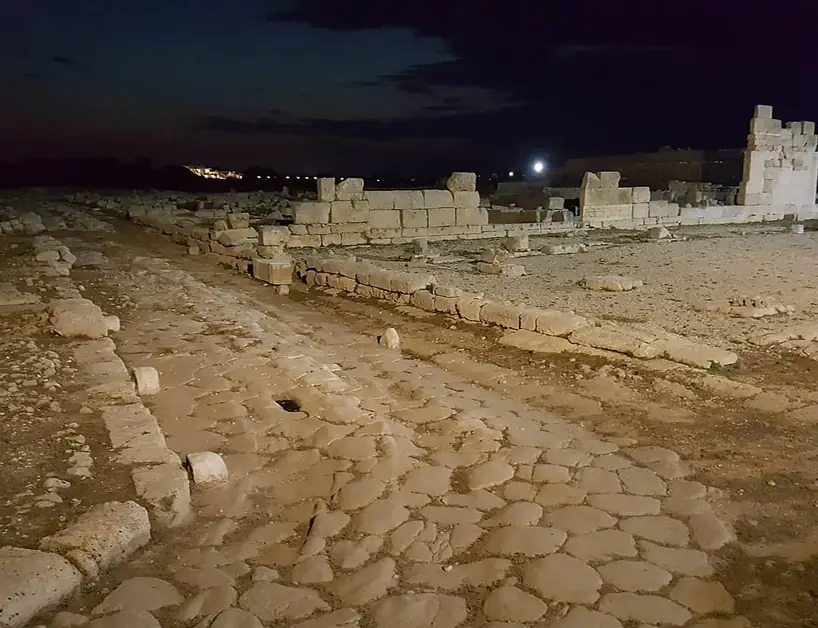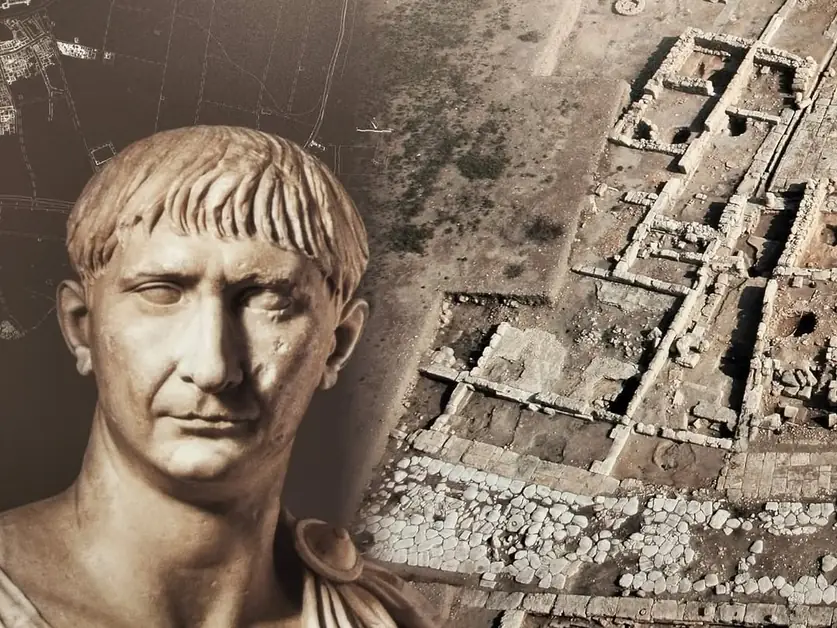The pomegranate symbol of Apulian culture and history
The pomegranate is a symbol of abundance and rebirth in Apulian culture, with strong historical and symbolic ties.

Why is the pomegranate so important in Apulian culture?
The pomegranate is a symbol deeply rooted in the history of Apulia. Its ruby-colored seeds represent abundance, rebirth, and life, themes that traverse the centuries and return in the cultures that have inhabited this territory.
In Salento, Tarantino, and Brindisino dialects, the fruit is called "sita," a term derived from ancient Greek. In Gallipoli and Tricase, the variant "sida" is still very common today, a detail that recalls the ancient Hellenic influences on the territory.
The scientific name Punica granatum refers instead to the Phoenicians, who probably brought this species to the Mediterranean, influencing uses, cultivation, and symbolism.
What role did the pomegranate have among the Messapi?
The Messapi, a population that inhabited southern Apulia before the arrival of the Romans, attributed a strong symbolic meaning to the pomegranate. The fruit represented rebirth, continuity of life, and the connection between the earthly and the otherworldly.
This symbolism is evident in one of the most important finds in the territory: the Tomb of the Pomegranates located in the archaeological site of Egnazia, in Fasano.
What is the Tomb of the Pomegranates in Egnazia and why is it so famous?
The Tomb of the Pomegranates is an extraordinary Messapic chamber tomb, dating back to the 4th-3rd century BC. It was discovered in 1971 during the foundation works of the Archaeological Museum "Giuseppe Andreassi," located within the Egnazia site.
The entrance to the tomb is spectacular: a monumental stone door, complete with original doors, still rotates on ancient hinges today. A rare detail that moves anyone who approaches this place.
To access it, one descends a staircase carved into the rock, typical of Messapic tombs. The interior of the chamber surprises with elegance and symbolism.
What decorations are present inside the tomb?
The internal walls preserve a unique decorative cycle. In the upper part, red pomegranates, symbols of life and rebirth, are alternated, represented with great attention to detail.
Around them, vegetative motifs such as ivy and palmettes develop, along with architectural elements that imitate structures in wood and typical materials of the time.
Unfortunately, the tomb was looted in ancient times, as indicated by some visible holes in the walls. The funerary equipment is therefore lost, but the remaining decoration still allows us to imagine the wealth and importance of the deceased buried here.
How is the Tomb of the Pomegranates visited today?
As of November 2025, the tomb is not temporarily visitable for conservation reasons. Access to its interior is suspended to protect the decorated surfaces and ensure the stability of the structure.
However, the Archaeological Museum of Egnazia displays materials, reconstructions, and explanatory panels that allow for a full understanding of its history and symbolic value.
The archaeological site as a whole is still open to visitors and represents one of the must-see stops for those who love the ancient history of Apulia.
Why is the Tomb of the Pomegranates a must-see for tourists?
Even though it is not currently visitable, the Tomb of the Pomegranates remains a key element for understanding the spirituality and funerary art of the Messapi. The refinement of the decorations, the symbolism of the pomegranates, and the exceptional preservation of the stone door make it one of the most important archaeological discoveries in Apulia.
For tourists, knowing the history of this tomb means adding depth to the visit of Egnazia. At the "Giuseppe Andreassi" Museum, it is possible to observe reconstructions, explanatory panels, and materials that illustrate the structure of the funerary chamber, the context of the find, and the meaning of the decorations.
This allows for an understanding of how the tomb fits into the broader Messapic ritual system, offering a concrete cultural experience even without physically accessing the interior of the funerary chamber.




